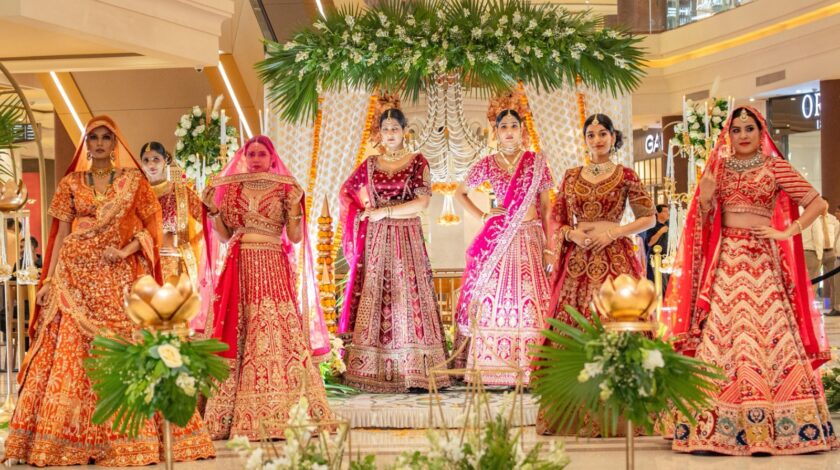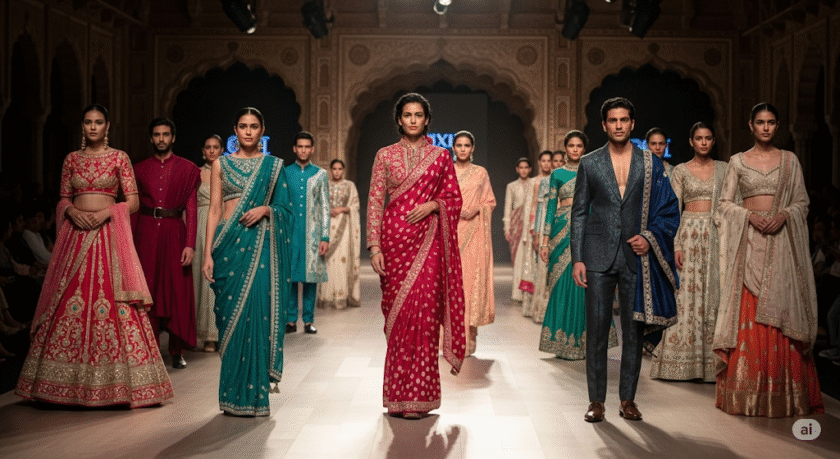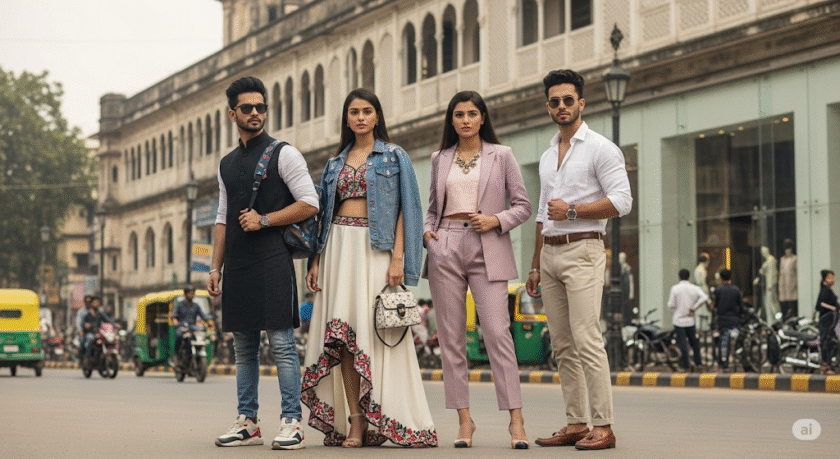Lucknow: The flash of a camera once heralded a moment of tabloid sensationalism, a celebrity caught off-guard. But in 2025, the fashion paparazzi have evolved, shedding their old skin to become powerful storytellers. Their new lens is less about intrusion and more about influence, a shift driven by technology, social media, and a global demand for authenticity. In a city like Lucknow, where the past and present coexist in vibrant harmony, this transformation is especially pronounced. The city’s bustling markets and rich heritage have become a new kind of red carpet, where paparazzi are not just documenting style but amplifying local artisans, celebrating sustainable fashion, and preserving cultural narratives for a global audience.
Historically, paparazzi reinforced the larger-than-life personas of stars. In the digital age, however, their focus has broadened. Platforms like Instagram and TikTok have democratized fame, turning influencers, local designers, and even master artisans into subjects of fascination. In Lucknow, where markets like Hazratganj, Aminabad, and Chowk pulse with trends from traditional chikankari to upcycled streetwear, the paparazzi are at the forefront of this change. They are curating narratives that blend global trends with Lucknow’s Awadhi heritage, bridging the gap between celebrity and local influence.
The New Digital Red Carpet
The traditional red carpet has been decisively eclipsed by social media. In 2025, every candid moment, from a celebrity shopping spree to a local fashion event, is a viral opportunity. Paparazzi in Lucknow are now adept at leveraging platforms like Instagram and TikTok, where high-resolution videos and AI-driven shopping links turn a simple photograph into a commercial phenomenon.
Take, for instance, a photo of actress Anushka Sharma wearing a sustainable Khadi lehenga from a Hazratganj boutique at a 2025 fashion event. According to local reports, the image sparked a 30% surge in demand for the designer’s work. This is the new power of the paparazzi: they don’t just capture a moment, they create a market. Their work, often tagged with #LucknowDiaries or #ChikankariLove, connects a global audience to the city’s fashion scene, showcasing local talent alongside Bollywood stars and blurring the line between high-fashion and local craftsmanship.
Technology is also revolutionizing their craft. AI-powered cameras predict optimal lighting at heritage sites like Rumi Darwaza, ensuring stunning shots of models in tech-infused chikankari gowns. During Lulu Fashion Week 2025, paparazzi documented Augmented Reality (AR)-enhanced designs with QR codes, allowing fans to “try on” outfits virtually—a seamless merger of fashion and entertainment. Drones now provide breathtaking aerial perspectives of large-scale events at venues like the Ekana Cricket Stadium, showcasing the city’s fashion scene in a way that was once unimaginable.
Purpose-Driven Paparazzi: The Rise of Ethical Storytelling
In 2025, paparazzi have become agents of a new kind of storytelling—one focused on purpose. Sustainability is a dominant trend, and photographers in Lucknow are at the forefront of documenting it. Viral paparazzi shots from the Mahindra Sanatkada Festival (January 2025) featured models in upcycled sarees and garments made from mushroom-leather and organic cotton, highlighting sustainable brands and resonating with 51% of global fashion buyers who prioritize eco-friendly practices.

Paparazzi are also championing ethical narratives by bringing the artisans to the forefront. By capturing the faces of chikankari embroiderers in Chowk or Khadi weavers in rural UP, they humanize the supply chain and foster a deeper appreciation for the labor behind the craft. This shift towards “Rooted in Tradition” content, where the story behind the garment is as important as the style itself, makes paparazzi a new kind of cultural archivist.
Challenging Norms: Inclusivity and Local Pride
The paparazzi of 2025 are also helping to break down traditional fashion barriers. The rise of gender-fluid fashion is being captured in Lucknow, where markets like Bhootnath cater to Gen Z with androgynous styles, such as oversized chikankari kurtas paired with cargo pants. Paparazzi capture local influencers and celebrities in these gender-neutral outfits, reflecting a global movement toward inclusivity led by stars like Harry Styles.
Moreover, paparazzi are playing a pivotal role in boosting local pride through celebrity collaborations. When an actress like Deepika Padukone wears a chikankari-heavy collection from a Lucknow designer at a prestigious event like Lucknow Times Fashion Week 2025, paparazzi are there to capture the moment. Their photographs go viral, driving consumer interest and boosting the local economy, while also elevating the status of local artisans. These moments blend the glamour of the entertainment world with the cultural richness of Lucknow, creating a powerful and authentic narrative.
Challenges and Opportunities
This new era of fashion paparazzi is not without its challenges. The pressure for viral content can blur ethical lines, while the high cost of technology can be a barrier for many freelance photographers. However, the opportunities are vast. With the global fashion industry projected to reach a value of $2 trillion by 2026, the demand for unique, authentic, and purpose-driven content has never been higher.
In Lucknow, the fashion paparazzi are uniquely positioned to leverage this opportunity. By collaborating with travel photographers to capture the city’s fashion against its iconic heritage sites, they are not just documenting style but creating a compelling visual narrative that celebrates heritage, inclusivity, and modernity. As Lucknow’s markets continue to innovate, the city’s fashion paparazzi are proving they are more than just photographers—they are cultural curators for a new generation.






